 Every day our eyes undergo the stress of environmental pollutants, ultraviolet light, and blue light which can significantly damage our vision over time. In the United States, the leading causes of blindness are glaucoma, cataracts, and age-related macular degeneration (AMD). The rate of developing these impairments nearly triples in adults after age 65. As the aging population continues to grow, it is crucial to identify effective strategies that can protect and maintain eyesight. Research shows that a diet rich in colorful fruits and vegetables, regular physical activity, and smoking cessation can reduce the development of chronic eye disorders. There are six key nutrients that work together to protect the eye from chronic oxidative damage: Lutein, Zeaxanthin, Omega-3 fatty acids, Vitamin C, Vitamin E, and Catechins. Focus on these nutrients in your diet to help keep your vision sharp. Lutein and Zeaxanthin
Omega-3 Fatty Acids  Research suggests that adequate intake of omega-3 fatty acids can reduce the risk of developing AMD. Additionally, supplementation of Omega-3’s may help relieve symptoms of dry eye. Consuming one serving of fatty fish per week can be protective against AMD, but omega-3’s can also be found in plant sources including flaxseed, chia seed, walnuts, flaxseed oil, canola oil, and certain brands of fortified foods. Vitamin C and Vitamin E
Catechins 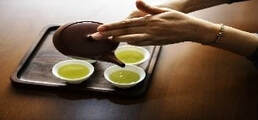 Catechins are antioxidants found in green and black tea, red wine, and dark chocolate. Daily intake of these antioxidants can reduce the risk of developing cataracts and glaucoma. Consuming a diet rich in fruits and vegetables is associated with a reduced risk of cataracts, glaucoma, and AMD, while diet patterns high in cholesterol, saturated fat, and red meat have been shown to increase the risk of these conditions. Lutein, zeaxanthin, catechins, Vitamin C, Vitamin E, and omega-3’s have a synergistic effect, meaning eating these nutrients together will have a more a powerful impact than eating one nutrient alone. To get the most of these nutrients, pair them together in a meal. The recipe below pairs salmon (rich in Vitamin E and Omega-3 fatty acids), with parsley (good source of lutein and zeaxanthin), and lemon juice (good source of Vitamin C) to provide a flavorful and antioxidant- rich meal. Enjoy! ~ Mikeisha, Dietetic Intern Honey Mustard Citrus Salmon Directions:
Serves 6-8: Adapted from GimmeSomeOven.com Prep Time: 7 minutes Cook Time: 18 minutes Nutrition per 6 oz serving: 248 calories, 32 grams protein, 7 g fat, 2.5 g Omega 3’s References:
0 Comments
Leave a Reply. |
SD BlogA place for our consultant Registered Dietitian Nutritionists (RDNs) to share nutrition science, yummy and healthy recipes, tips on seasonal ingredients, and other nutritional musings. Enjoy! Categories
All
Archives
May 2024
|

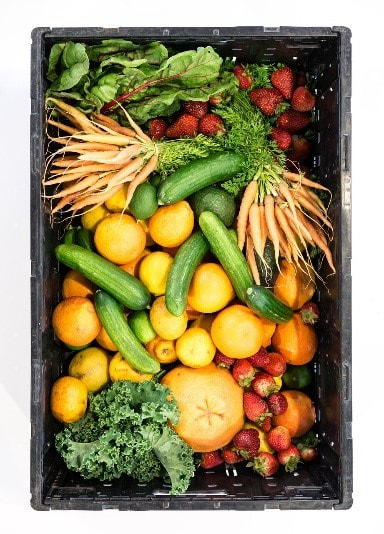
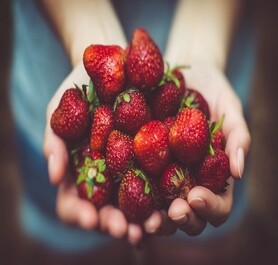
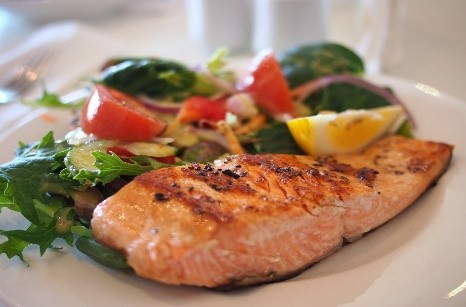
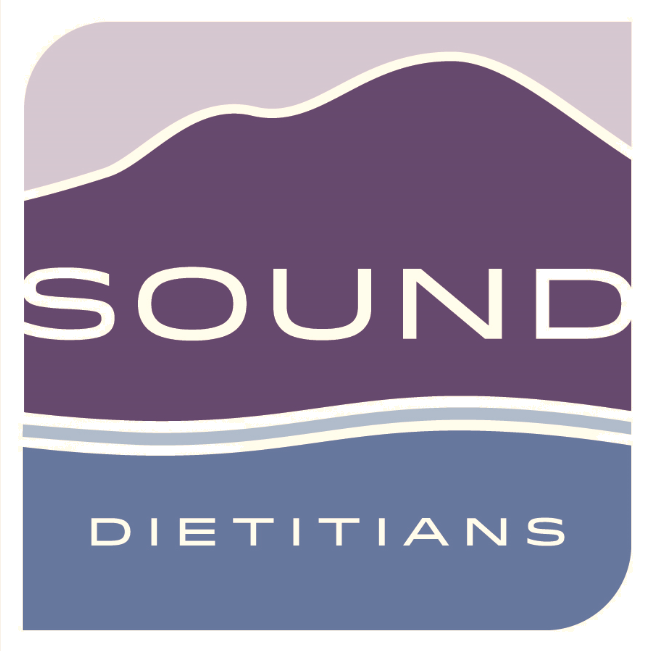
 RSS Feed
RSS Feed